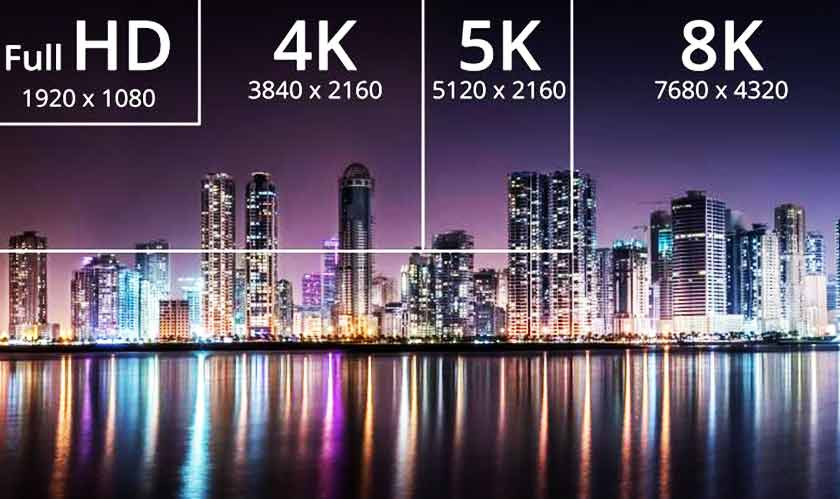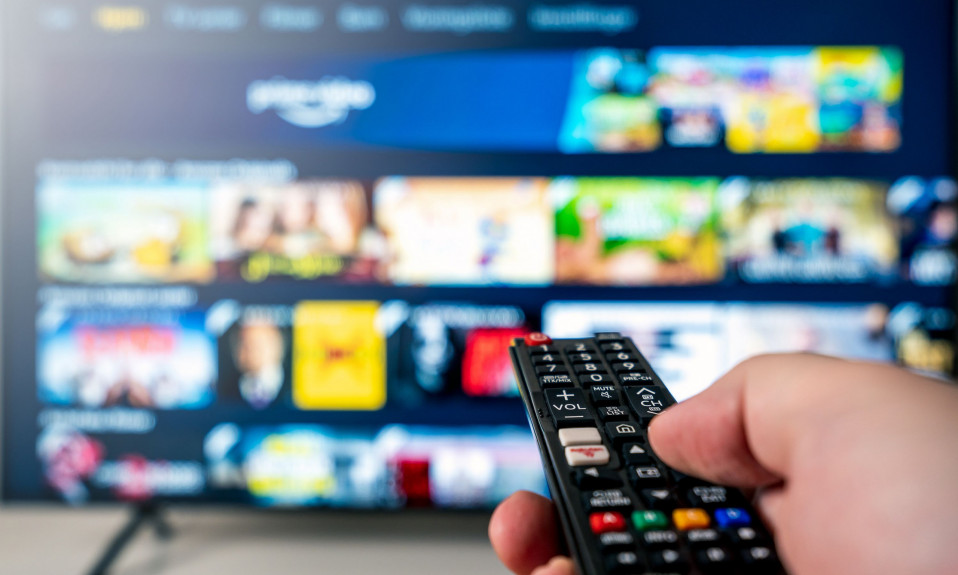It seems like it’s impossible to have the latest technology, whether it be a phone, TV, or some other device. It’s almost like as soon as you upgrade, a newer model is out. In the world of TV’s, the biggest leap in recent years has been the move to 4K resolution. As 4k starts to become the new standard, the next upgrade already looks to be in sight, with Sony having developed a 16K TV. But not everyone has made the jump to 4K yet, and do we really need 16K?
What even is Screen Resolution?

Screen Resolution is the number of pixels on a screen. Counting both horizontally and vertically across. As an example, a resolution of “1024 x 768” would be 1024 pixels horizontally and 768 vertically. The resolution of a screen is not always connected to the size. If comparing to screens with the same size but different resolutions, the higher resolution will likely show more and have a sharper image.
The other phrases that get used a lot are OLED, LED and LCD. The most common type is an LED (Light Emitting Diode) although it is sometimes confused with LCD (Liquid Crystal Display). There isn’t really much of a difference between the two, and they are often used together when comparing against OLED. OLED (Organic Light Emitting Diode) is often found in premium phones or devices. The main difference is that LED/LCD produce a backlight, whilst OLED produces it’s own. This mainly affects brightness and dark colours on a screen, with both having pros and cons
Why is 4K a big deal?

4K (or 2160p if you prefer) is the standard for most new TV’s and monitors available now, provided they are large enough. One of the cool things about these is that they can “upscale” lower resolution content into 4K. For example, something that was filmed in HD can be upscaled to 4K, so that it looks normal when viewing on a 4K TV, however, some models do this better than others.
In addition to TV’s, many films are now being re-released in 4K or Ultra HD. These have been very common with older films, restored from the original negatives, rather than a digital copy. While most have been positively received, some titles are more of a mixed bag, with unintended side effects in the colours or audio mix, or unintentional dating some special effects. The remaster of T2: Judgement Day is an infamous culprit. While it’s sometimes it’s hard to notice until a side by side comparison is made, it’s hard to go back from 4K. This format is catching on enough that some streaming sites offer their content in 4K, such as Disney+.
So what about 8K?

As the name implies, 8K is double the resolution of 4K, with around 4 times as many pixels. While recording in 8K will lead to an incredible picture, it is unlikely to be noticed by the average household. This is partly because 4K was designed for cinema screens, so unless your TV is massive or you sit very close, there is little difference.
Where 8K will likely see an audience is in large or curved screens, such as museums, planetariums, and cinemas. Shooting footage in 8K will allow for more options with editing and cropping, especially into 4K, but it is unlikely it will catch on outside of this. 8K cameras are being marketed more towards shooting raw footage than anything else. 8K cameras haven’t really caught on in Hollywood yet. What’s the point in having an 8K TV if nothing is shown in 8K?
Unless you have a huge TV or plan on sitting very close to it, it’s unlikely you’ll truly notice much of a difference with 8K. Anything higher also seems pointless, as 8K is probably the clearest the human eye is able to process. If you haven’t upgraded to 4K yet, maybe it’s time to start thinking about it, but 8K likely won’t make much of a difference unless you’re in the cinema.
Also Read: Did High End TV Replace The Mid-Budget Indie Film











